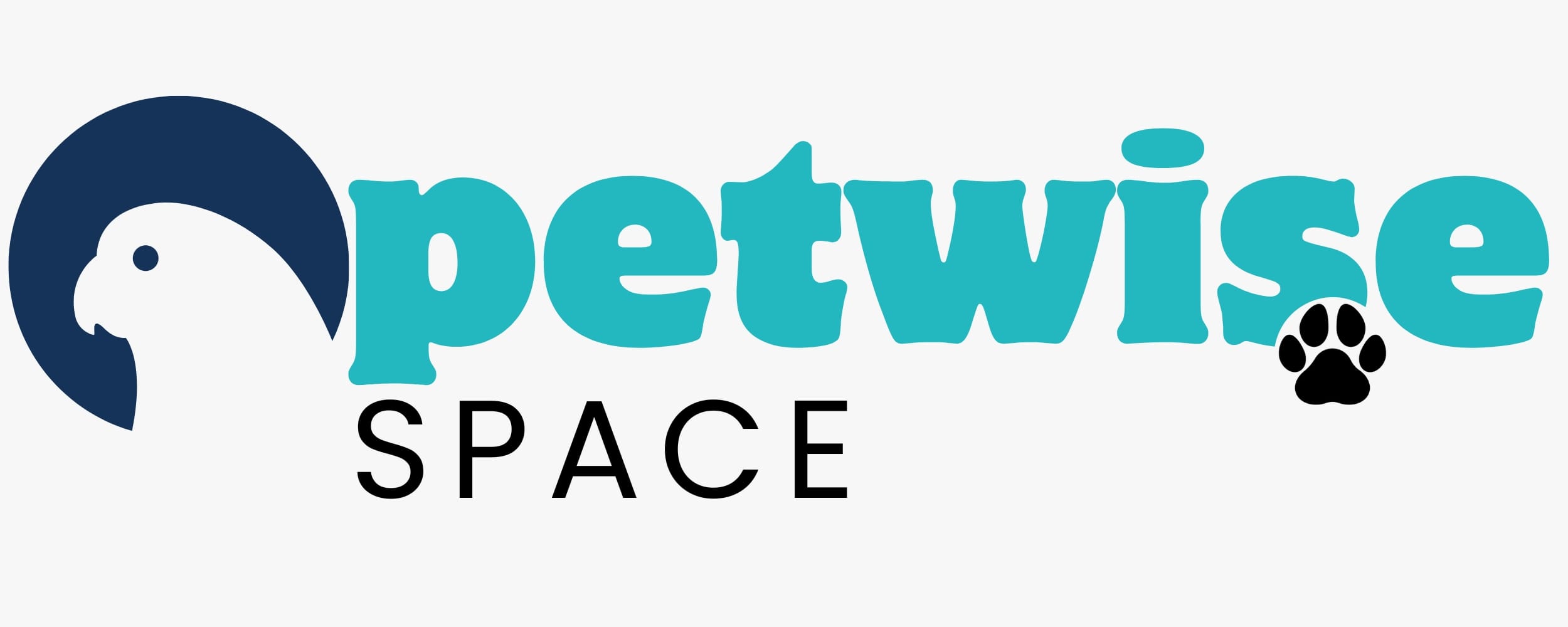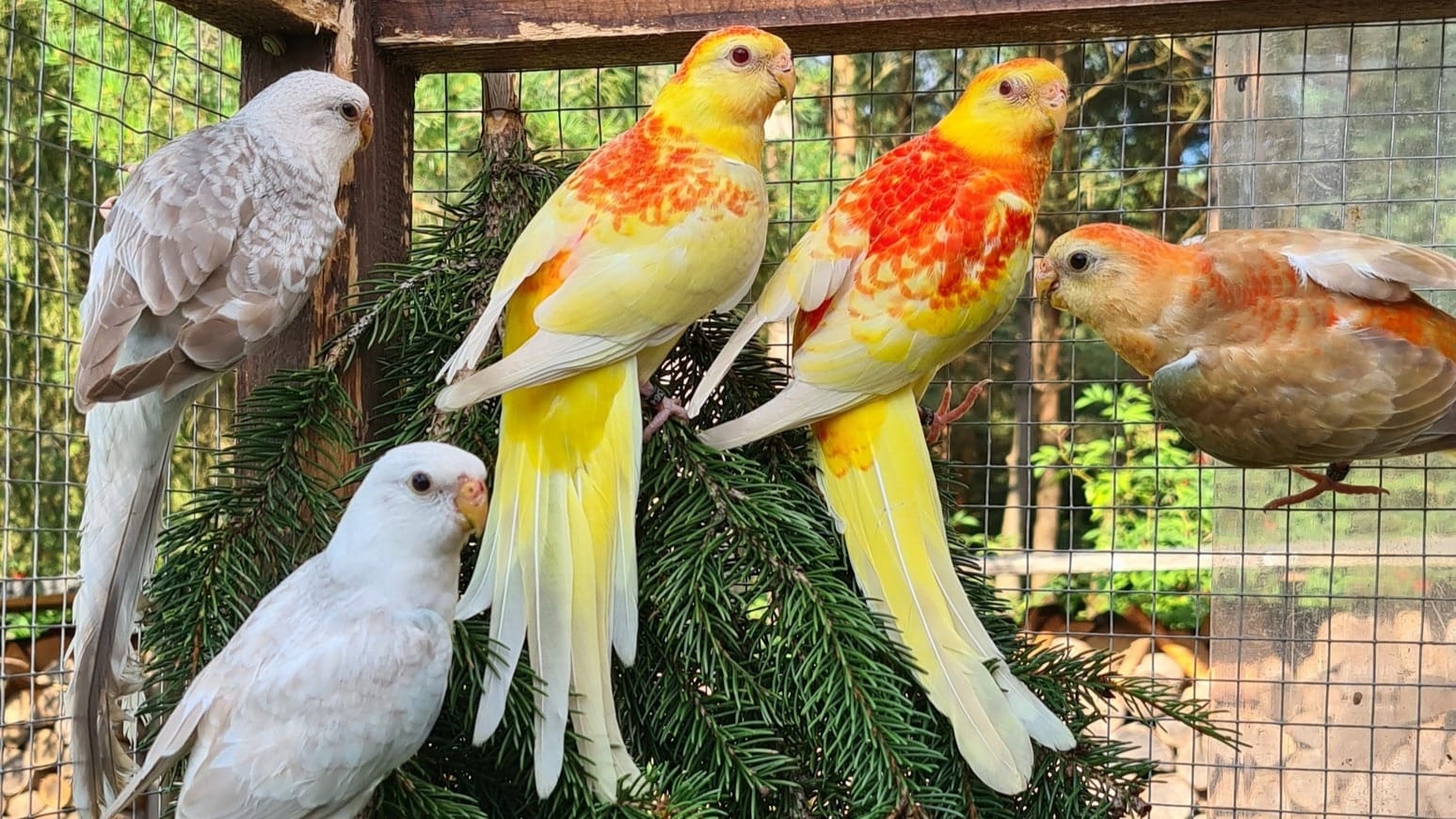Red Rumped Parrots Diet: 12 Foods That Keep Them Thriving
If you’ve ever spotted a flash of emerald green with a brilliant red rump darting through Australian bushland, you’ve likely witnessed one of nature’s most beautiful spectacles – the Red Rumped Parrot. These gorgeous birds aren’t just a feast for the eyes; they’re fascinating creatures with very specific dietary needs that keep them healthy and vibrant.
What makes these parrots so special? Well, beyond their stunning looks (that red patch really is something to behold), Red Rumped Parrots have evolved to thrive on a surprisingly diverse diet in the wild. Whether you’re lucky enough to care for these birds, work in wildlife rehabilitation, or you’re simply curious about what keeps these Australian gems so lively, understanding their nutritional needs is absolutely crucial.
A well-planned Red Rumped Parrots diet not only supports their physical health but also influences their behavior, breeding success, and longevity. In the wild, these intelligent birds have access to a diverse range of foods that change with seasons and availability. Replicating this nutritional variety in captivity or supporting wild populations requires knowledge of their specific dietary needs and preferences.
Table of Contents:
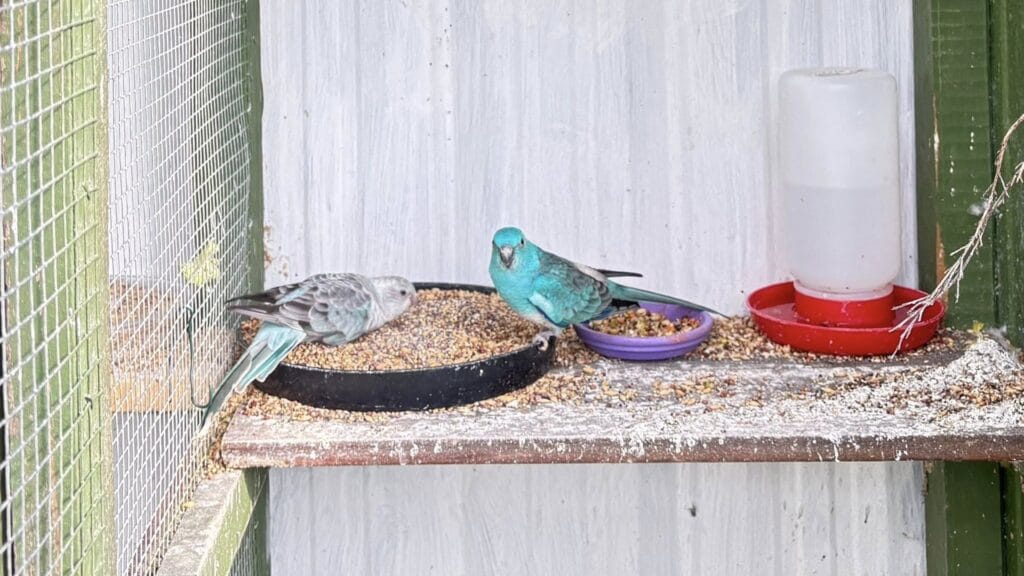
Understanding Red Rumped Parrots Nutritional Requirements
Red Rumped Parrots are primarily granivorous birds, meaning their diet consists mainly of seeds and grains. However, their nutritional needs extend far beyond simple seed consumption. These active birds require a complex balance of carbohydrates, proteins, fats, vitamins, and minerals to support their high metabolic rate and maintain their stunning appearance.
In their native Australian habitat, Red Rumped Parrots consume approximately 15-20% of their body weight in food daily. This high consumption rate reflects their active lifestyle and fast metabolism. The birds’ digestive system is specifically adapted to process a variety of plant materials efficiently, from hard seeds to tender shoots and leaves.
Seasonal Dietary Variations
Wild Red Rumped Parrots adjust their diet seasonally, taking advantage of different food sources as they become available. During spring and summer, they focus on fresh seeds, young shoots, and flowering plants. Autumn and winter diets shift toward more mature seeds, dried grasses, and stored plant materials. This seasonal variation ensures they receive optimal nutrition year-round while adapting to environmental changes.
The 12 Essential Foods for Red Rumped Parrots
1. Native Australian Grass Seeds
Native grass seeds form the foundation of any proper Red Rumped Parrots diet. Seeds from species like Danthonia, Stipa, and Themeda provide essential carbohydrates and proteins. These seeds closely match what Red Rumped Parrots consume in their natural Queensland, New South Wales, and Victoria habitats. The seeds’ nutritional profile includes approximately 12-16% protein and 4-8% fat content, perfect for maintaining energy levels.
2. Canary Seed Mix
High-quality canary seed mixes offer excellent nutritional value for Red Rumped Parrots. These commercially available blends typically contain canary seed, white millet, red millet, and niger seed. The variety ensures birds receive different nutritional components while satisfying their natural foraging instincts. Choose organic, pesticide-free options whenever possible to avoid chemical contamination.
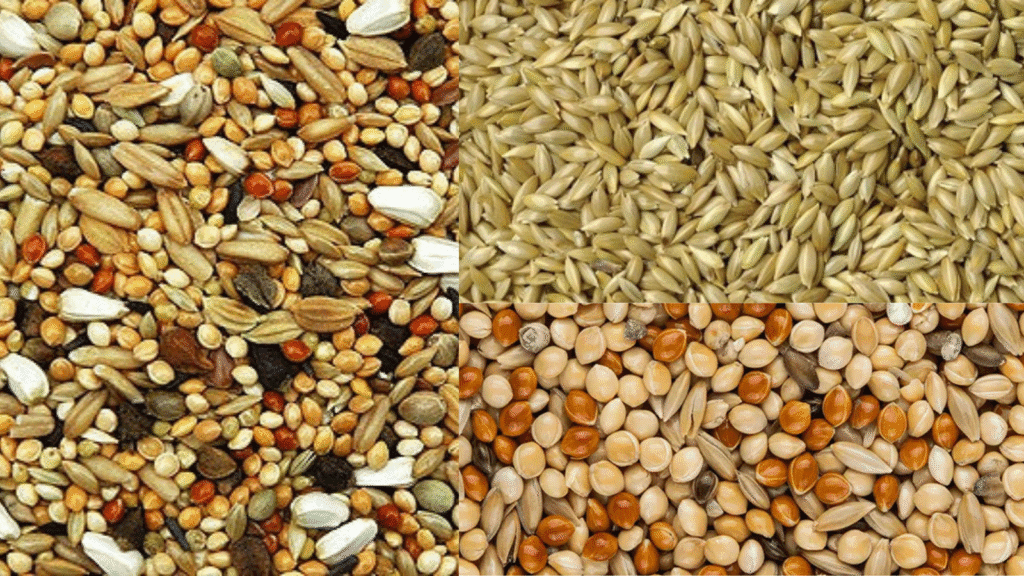
3. Fresh Eucalyptus Leaves and Shoots
Eucalyptus leaves provide essential oils and nutrients that support Red Rumped Parrots’ respiratory health and digestion. Young shoots are particularly valuable, offering tender nutrition that’s easy to digest. However, ensure the eucalyptus comes from areas free of pesticides and vehicle emissions, as these birds are sensitive to environmental toxins.
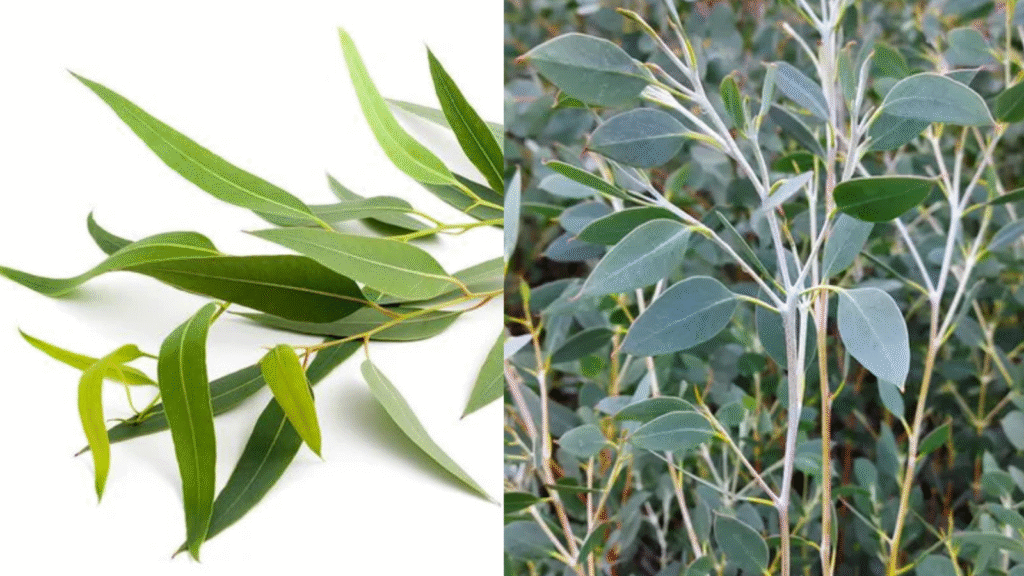
4. Acacia Seeds (Wattle Seeds)
Acacia seeds are protein-rich components of the Red Rumped Parrots diet, containing 15-25% protein depending on the species. These native Australian seeds provide essential amino acids necessary for feather development, muscle maintenance, and overall health. Acacia dealbata and Acacia melanoxylon seeds are particularly nutritious options.
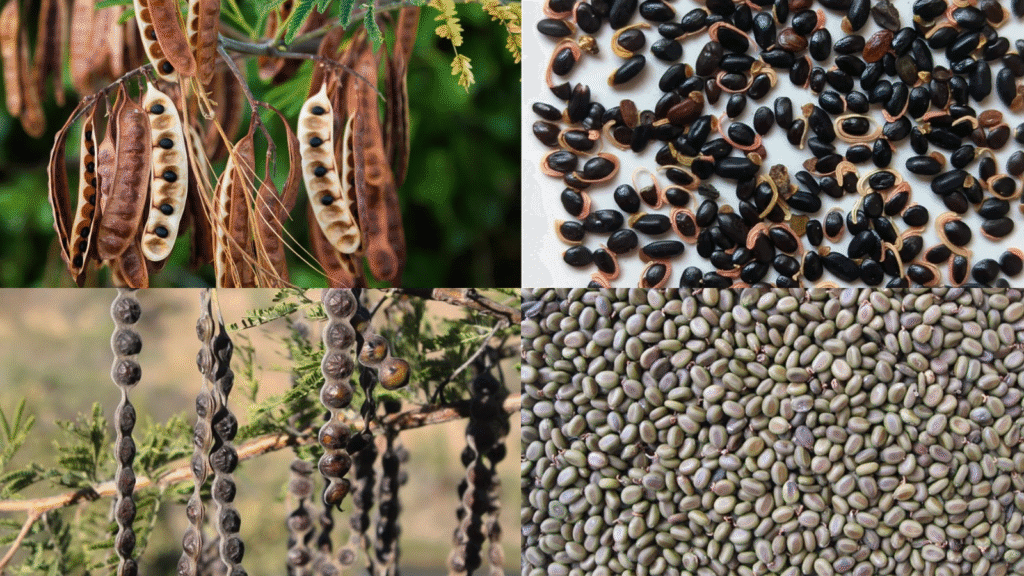
5. Bottlebrush Nectar and Flowers
Callistemon species (bottlebrush plants) provide both nectar and flower parts that Red Rumped Parrots consume seasonally. The nectar offers quick energy through natural sugars, while flower parts contribute vitamins and minerals. This food source is especially important during breeding season when energy demands increase significantly.
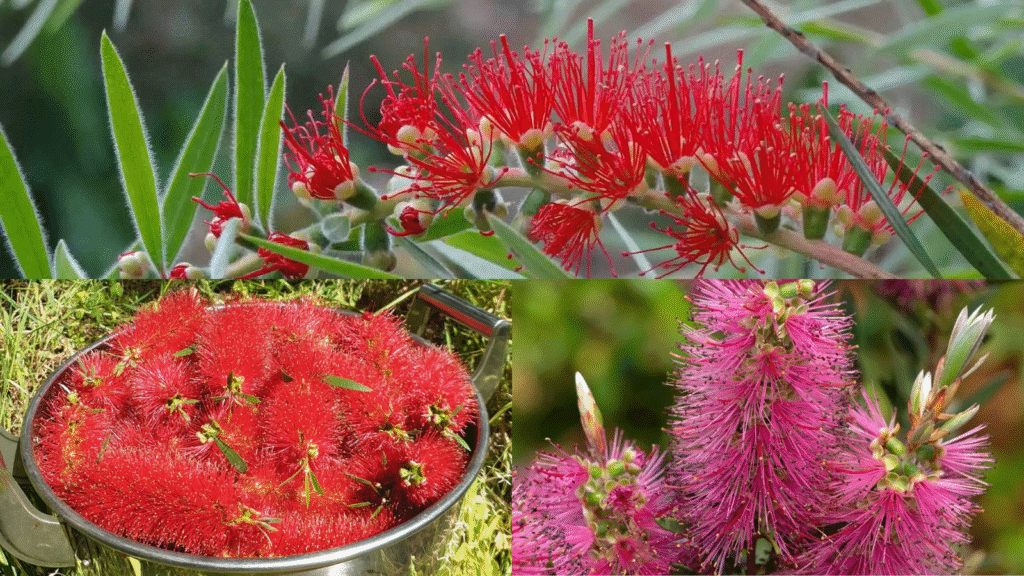
6. Dandelion Greens and Seeds
Dandelions (Taraxacum officinale) serve as excellent supplementary nutrition for Red Rumped Parrots. The leaves provide vitamins A, C, and K, plus iron and calcium. Seeds offer healthy fats and proteins. Ensure dandelions come from pesticide-free areas, as these plants readily absorb chemicals from soil and water.
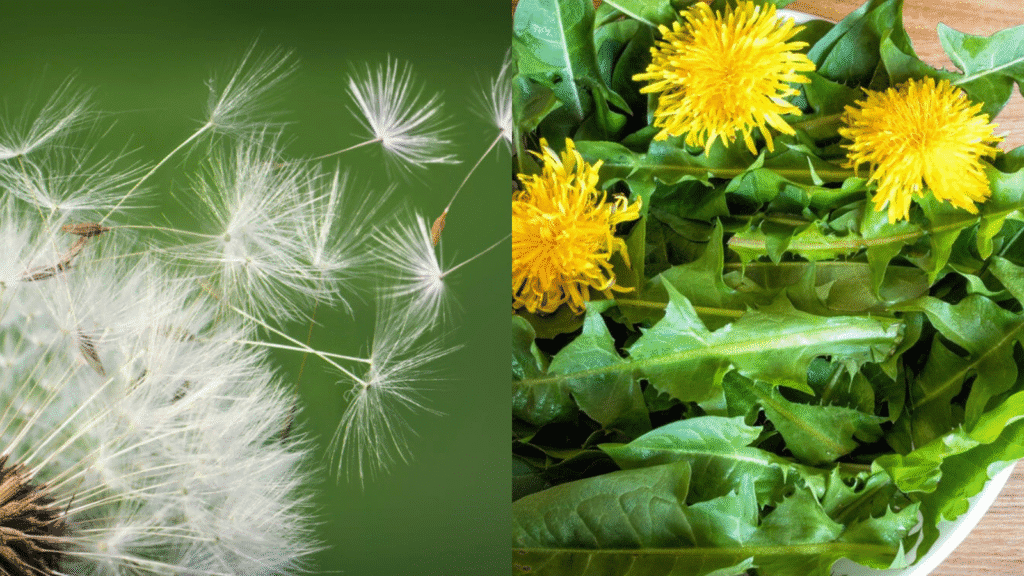
7. Millet Sprays
Fresh millet sprays encourage natural foraging behavior while providing excellent nutrition. Red Rumped Parrots enjoy manipulating and extracting seeds from millet heads, promoting mental stimulation alongside physical nourishment. Millet contains B vitamins, magnesium, and phosphorus essential for neurological function and bone health.
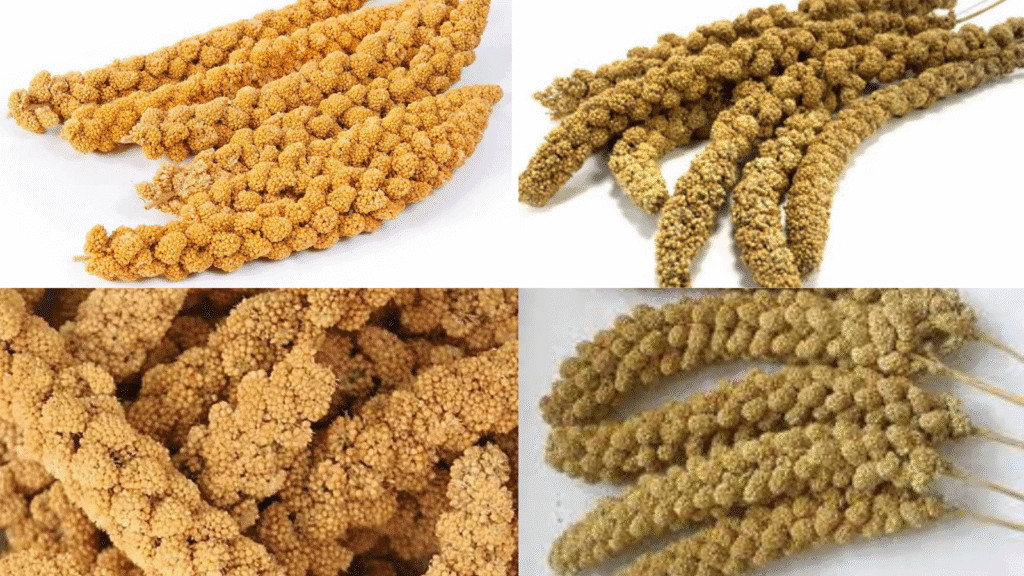
8. Sunflower Seeds (Limited Quantities)
While sunflower seeds are high in fat (40-50%), they provide valuable vitamin E and selenium. For Red Rumped Parrots, sunflower seeds should comprise no more than 5-10% of total diet intake to prevent obesity and nutritional imbalances. Black oil sunflower seeds are preferable to striped varieties due to higher nutritional density.
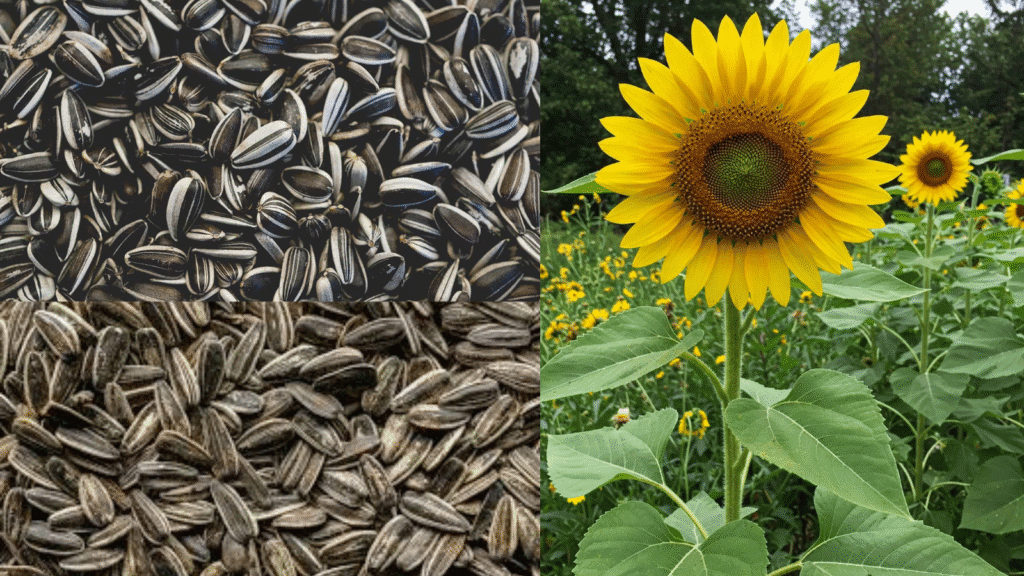
9. Native Berries and Fruits
Seasonal fruits like native cherry (Exocarpos cupressiformis) and saltbush berries provide vitamins, antioxidants, and natural sugars. These foods support immune system function and provide variety in the Red Rumped Parrots diet. Fresh fruits should be offered sparingly and removed if not consumed within a few hours to prevent spoilage.
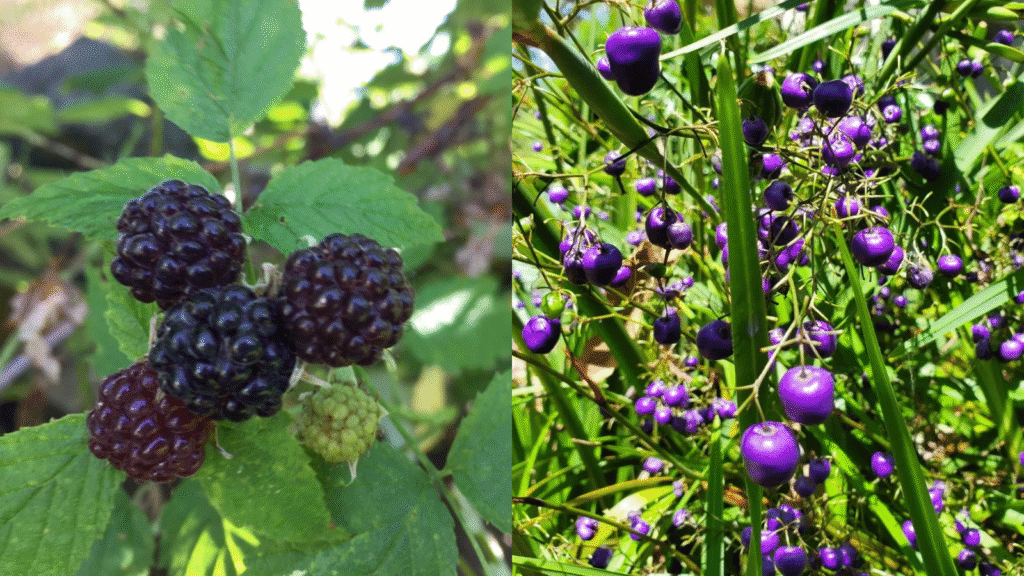
10. Grevillea Nectar and Flowers
Grevillea species offer both nectar and protein-rich flower parts that Red Rumped Parrots actively seek in the wild. The nectar provides immediate energy, while flower components contribute essential amino acids. Different Grevillea species flower at various times, providing year-round food sources in native habitats.
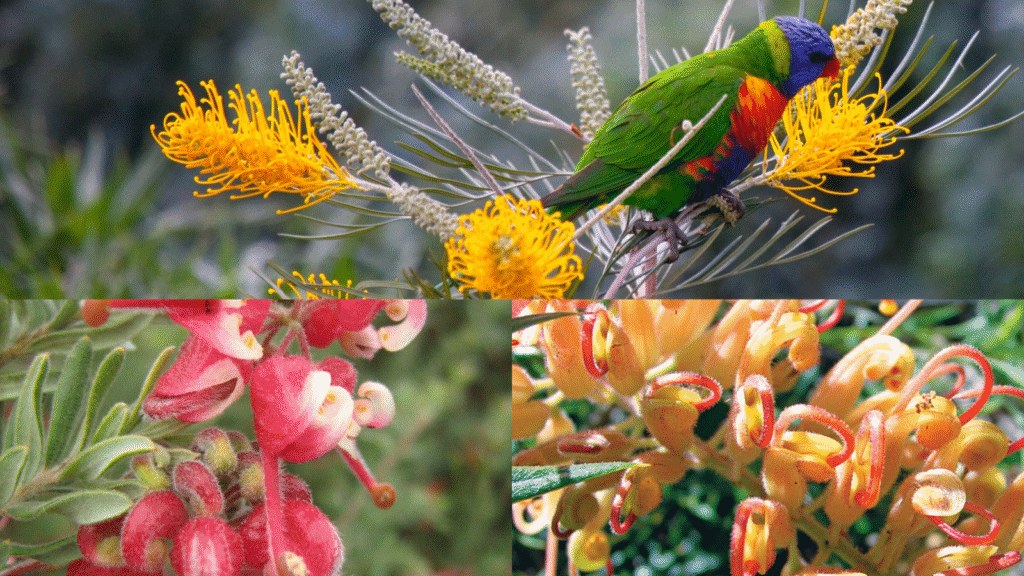
11. Sprouted Seeds
Sprouted seeds increase nutritional availability and digestibility for Red Rumped Parrots. The sprouting process breaks down complex starches into simple sugars and increases vitamin content, particularly vitamin C. Mung beans, alfalfa, and various grain sprouts make excellent additions to their diet when properly prepared and fresh.
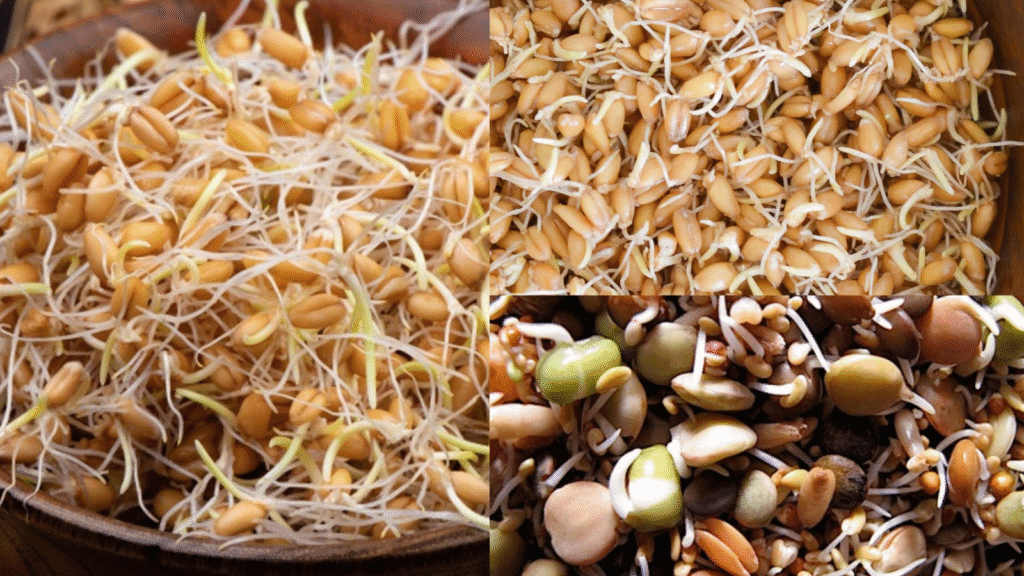
12. Specialized Parrot Pellets
High-quality, Australian-formulated parrot pellets can supplement natural foods in the Red Rumped Parrots diet. Choose pellets specifically designed for small to medium Australian parrots, avoiding artificial colors and excessive preservatives. Pellets should complement, not replace, natural food sources and comprise no more than 20-30% of total dietary intake.
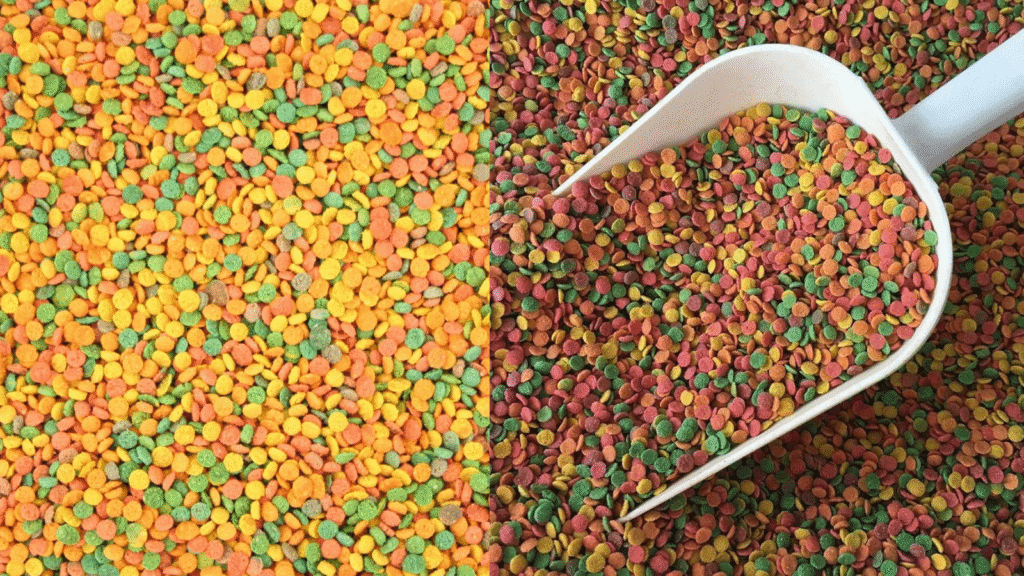
Feeding Guidelines and Best Practices
Daily Feeding Schedule
Red Rumped Parrots benefit from multiple small meals throughout the day rather than one large feeding. Offer fresh foods in the morning when birds are most active, and provide seed mixtures in the late afternoon. This schedule mimics natural foraging patterns and ensures optimal nutrient absorption.
Portion Control
Adult Red Rumped Parrots typically consume 15-25 grams of food daily, depending on size, activity level, and environmental conditions. Monitor individual birds for weight changes and adjust portions accordingly. Breeding pairs require increased nutrition, particularly protein-rich foods during nesting season.
Water Requirements
Fresh, clean water must be available continuously. Red Rumped Parrots consume approximately 10-15ml of water per 100 grams of body weight daily. Water containers should be cleaned and refilled regularly to prevent bacterial growth and contamination.
Foods to Avoid in Red Rumped Parrots Diet
Toxic Plants and Seeds
Several plants common in Australian gardens pose serious health risks to Red Rumped Parrots. Avoid oleander, azalea, rhododendron, and avocado, which contain compounds toxic to birds. Apple seeds, cherry pits, and apricot stones contain cyanide and should never be offered.
Processed Human Foods
Chocolate, caffeine, alcohol, and high-salt foods can cause severe health problems or death in Red Rumped Parrots. Additionally, avoid sugary treats, artificial sweeteners, and foods high in fat or preservatives. These items can disrupt their delicate digestive balance and lead to serious health complications.
Regional Considerations for Australian Red Rumped Parrots
Queensland Dietary Variations
In Queensland’s subtropical climate, Red Rumped Parrots have access to year-round flowering plants and fresh seed sources. Wild populations in this region consume more nectar-producing flowers and maintain higher activity levels due to consistent food availability.
Southern Australian Adaptations
Red Rumped Parrots in Victoria and southern New South Wales face greater seasonal food variations. Winter diets rely more heavily on stored seeds and dried plant materials. Understanding these regional differences helps provide appropriate nutrition for birds from different geographical origins.
Breeding Season Nutritional Requirements
During breeding season, Red Rumped Parrots require increased protein intake to support egg production and chick development. Females particularly benefit from calcium-rich foods like native seed pods and mineral-rich plant materials. Breeding pairs should receive 25-30% more food than non-breeding birds.
Chick Feeding Considerations
Parent birds regurgitate partially digested food to feed chicks, making food quality critically important during breeding season. Soft, easily digestible foods like sprouted seeds and tender shoots become especially valuable during this period.
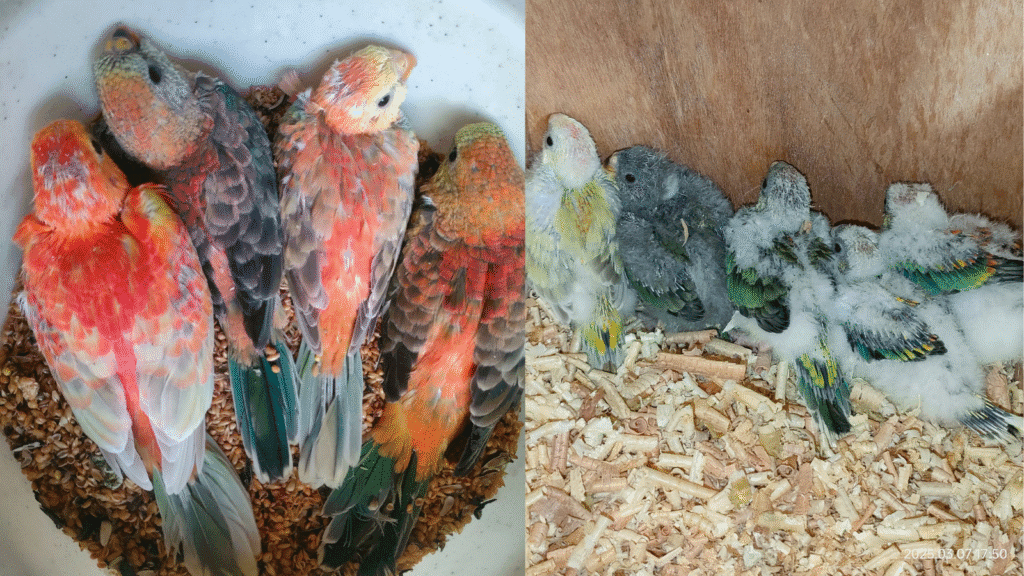
Conclusion
Providing a proper Red Rumped Parrots diet requires understanding their natural feeding behaviors, seasonal variations, and nutritional needs. The 12 essential foods outlined in this guide form the foundation of optimal nutrition for these spectacular Australian birds. By combining native seeds, fresh plant materials, and appropriate supplements, you can ensure Red Rumped Parrots maintain their vibrant health and stunning appearance.
Whether caring for captive birds or supporting wild populations through habitat conservation, remember that dietary diversity is key to Red Rumped Parrots’ wellbeing. Monitor individual birds for signs of good health – bright eyes, active behavior, and glossy plumage – as indicators of proper nutrition.
Take action today by evaluating your current feeding practices and incorporating these scientifically-backed dietary recommendations. Your Red Rumped Parrots will reward you with years of beauty, intelligence, and natural behaviors that make these Australian natives truly extraordinary companions.
For more information on Red Rumped Parrots care and conservation, consult with local wildlife experts, veterinary specialists, or Australian bird conservation organizations in your area.
